
Fort’s most dramatic lookout point from where the Dutch controlled the harbour
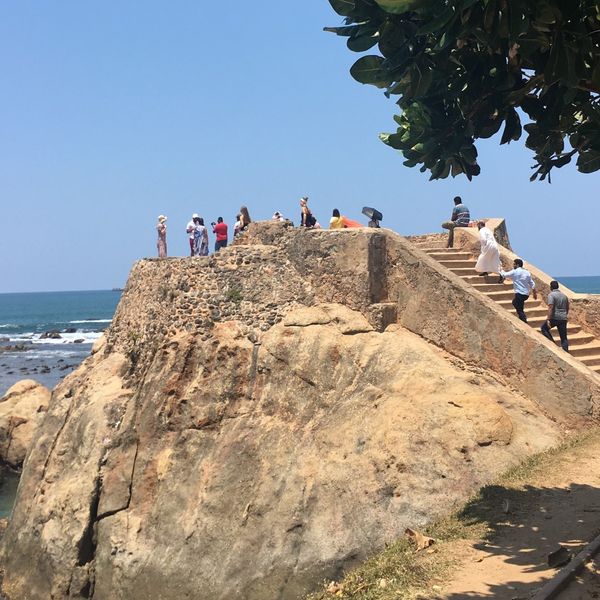
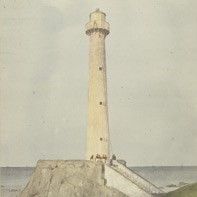
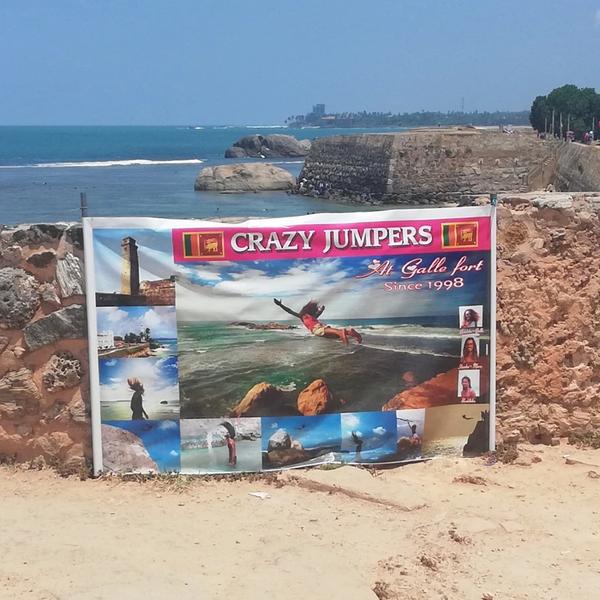
- Rampart Street
Galle is by far the most venerable emporium of foreign trade existing the universe
Dutch fleet
This is easily Fort’s most dramatic outlook point. In 1640 this is where the three large Dutch galleons approached with an army of more than 1,000 Dutch and Javanese soldiers on board. The Portuguese defence system with 14 cannons and limited ammunition was not prepared for the coordinated battle. With canons firing from the sea and gun battalion moving in over land they were quickly outsmarted.
Flying the flag
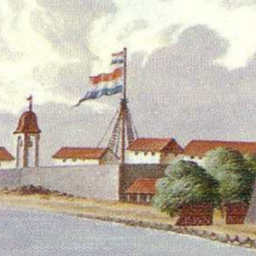
The rock is named after the Dutch flag post that was here. Galle harbour was notoriously difficult to enter because of the 22 submerged rocks, the passageway closely guarded by the Dutch to ensure their complete monopoly. Every ship that wanted to enter the harbour had to fly a Dutch flag to ask permission to enter and when it was safe the harbour master would fly a corresponding flag here from flag rock. The British later built Sri Lanka’s first lighthouse here. Standing 24.5-metre-high (80 ft) tall, destroyed by a fire in 1934.
What’s in a name
Don’t be confused if your map or guide tells you something differently, flag rock is also known as Point de Galle, Visser’s Hoek or even Jaggeklip Bastion.
Rock jumpers
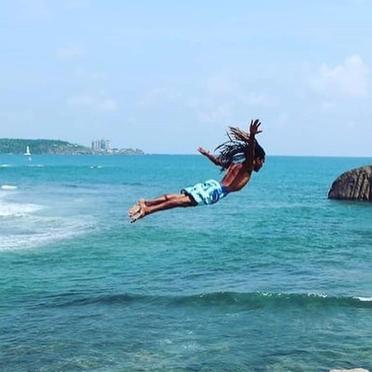
Today flag rock is best known for the crazy free divers. One of the three divers is Chathura Buddika. He‘s been diving from the rampart walls since he was 13. “This is a passion as much as a profession and I get to dive in one of the most beautiful places in the world” he says.
